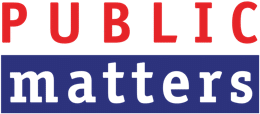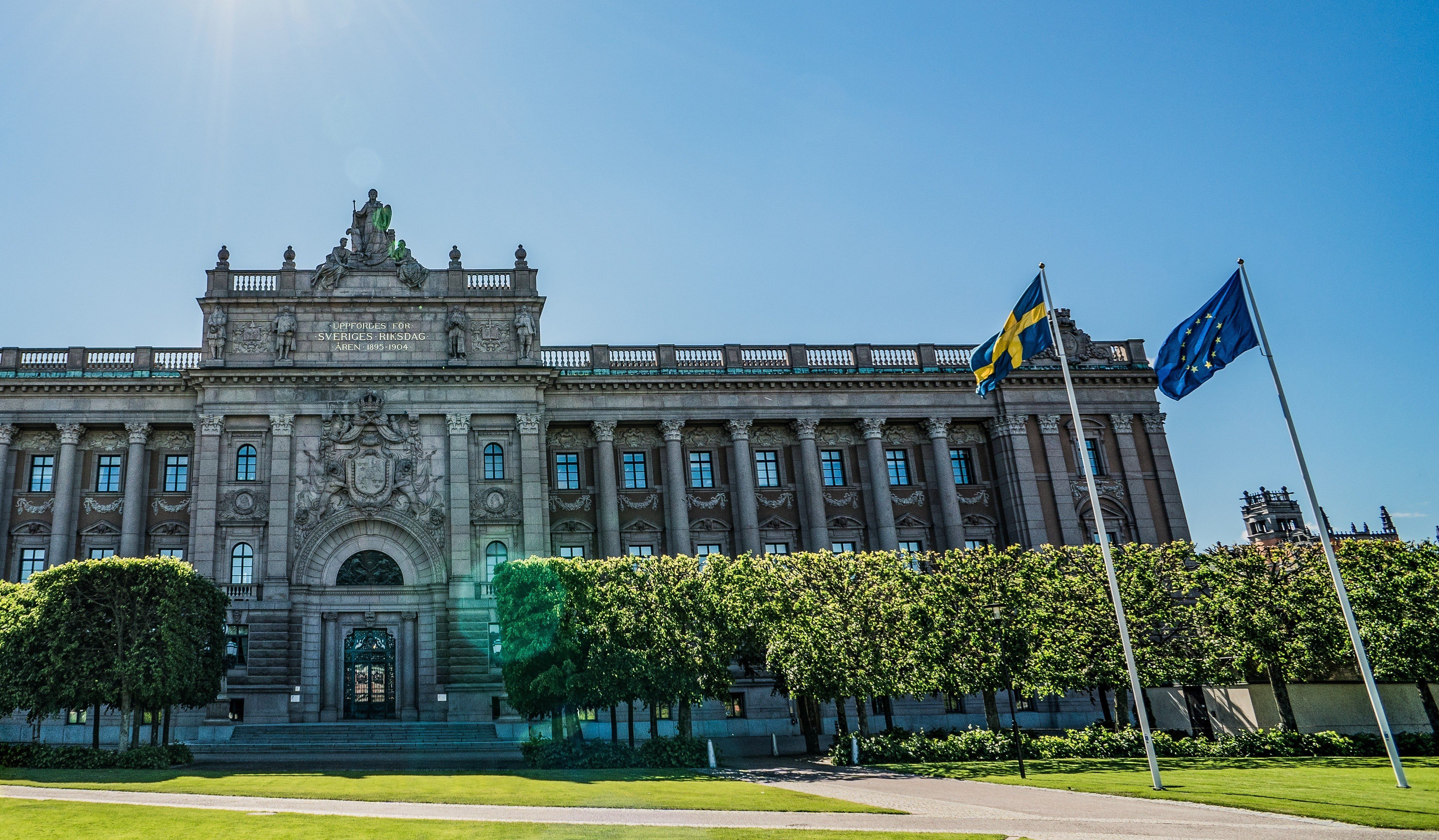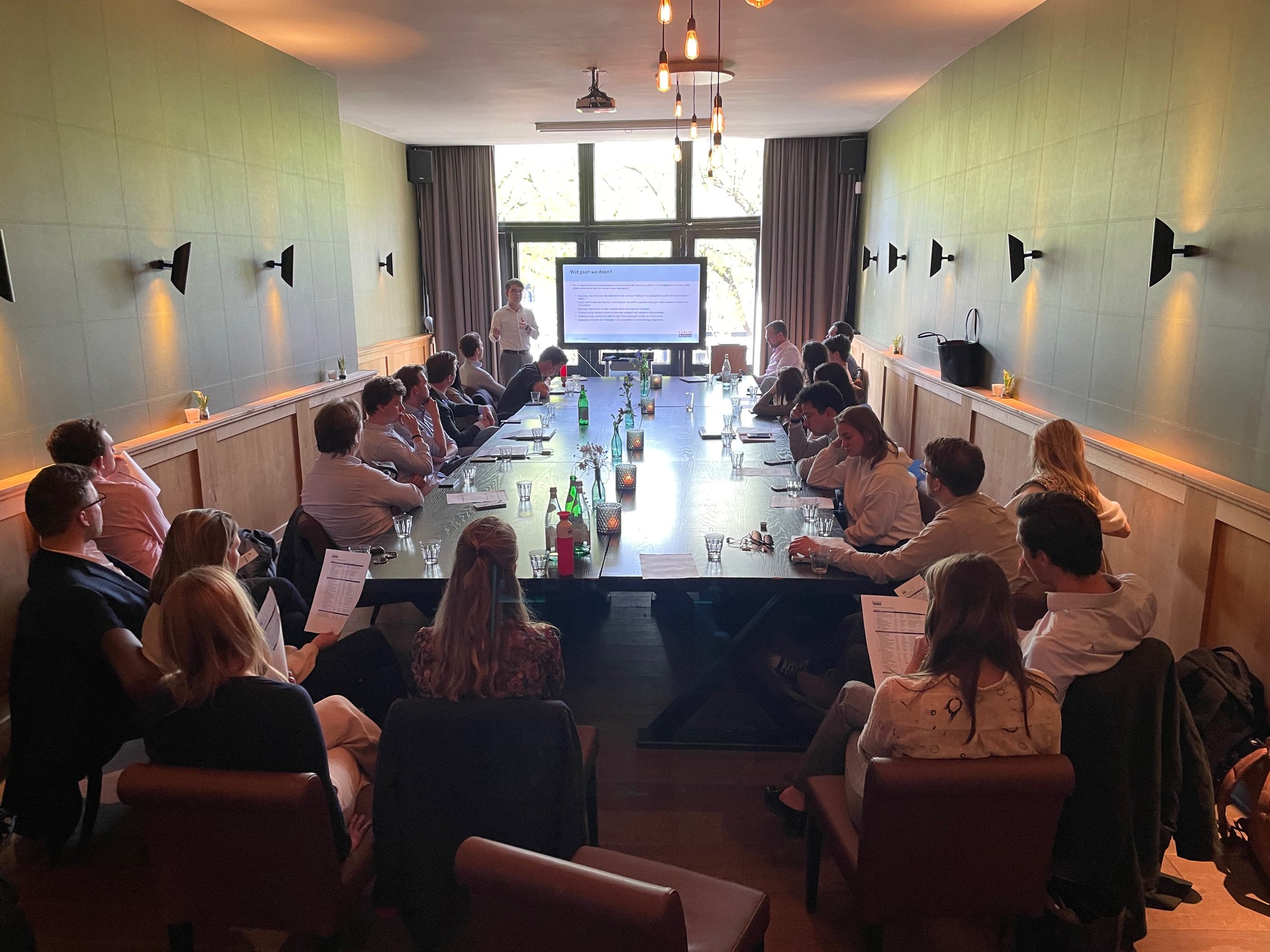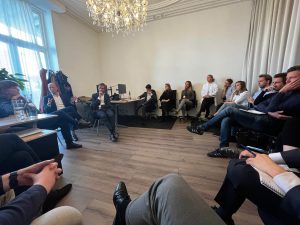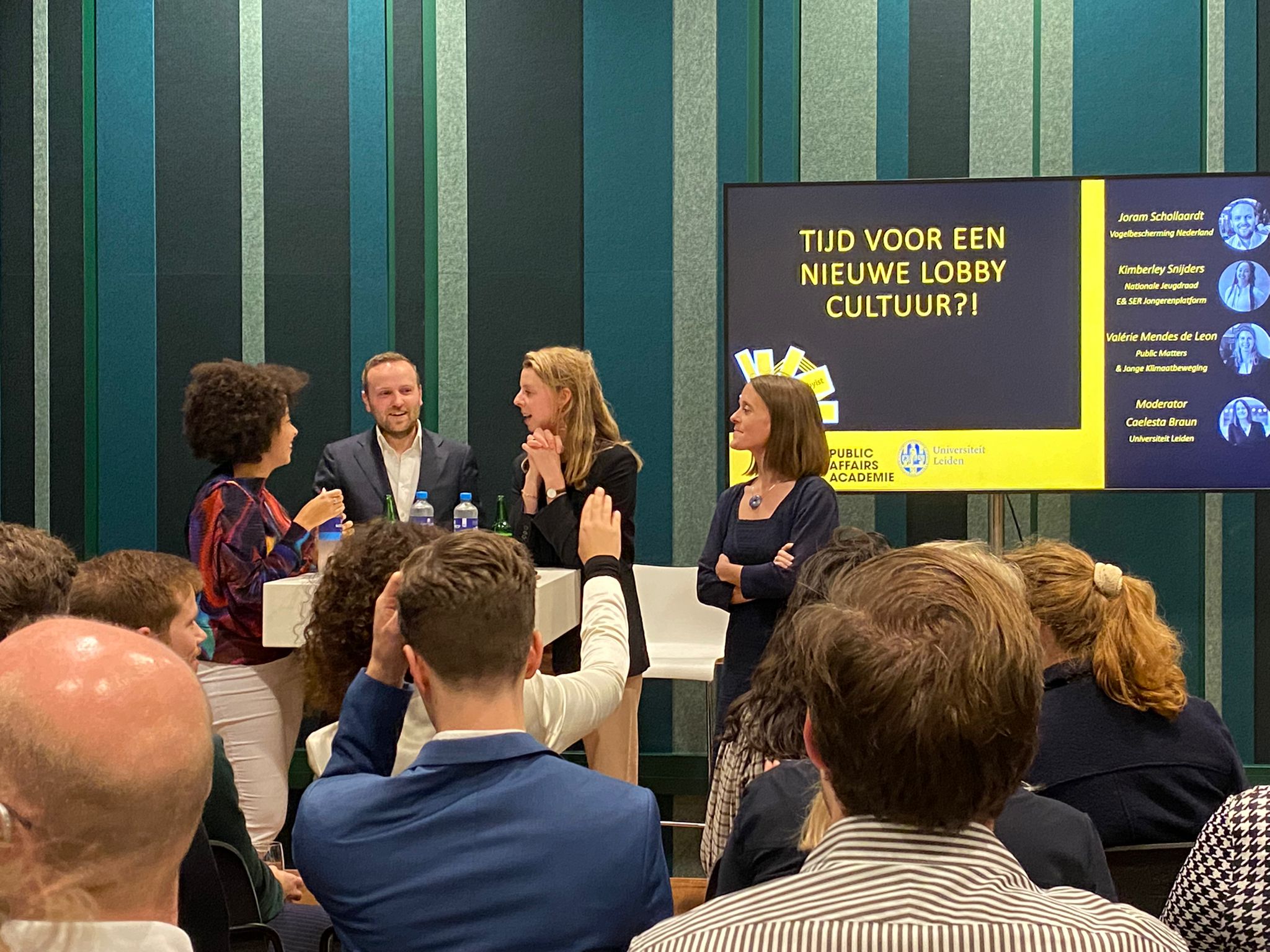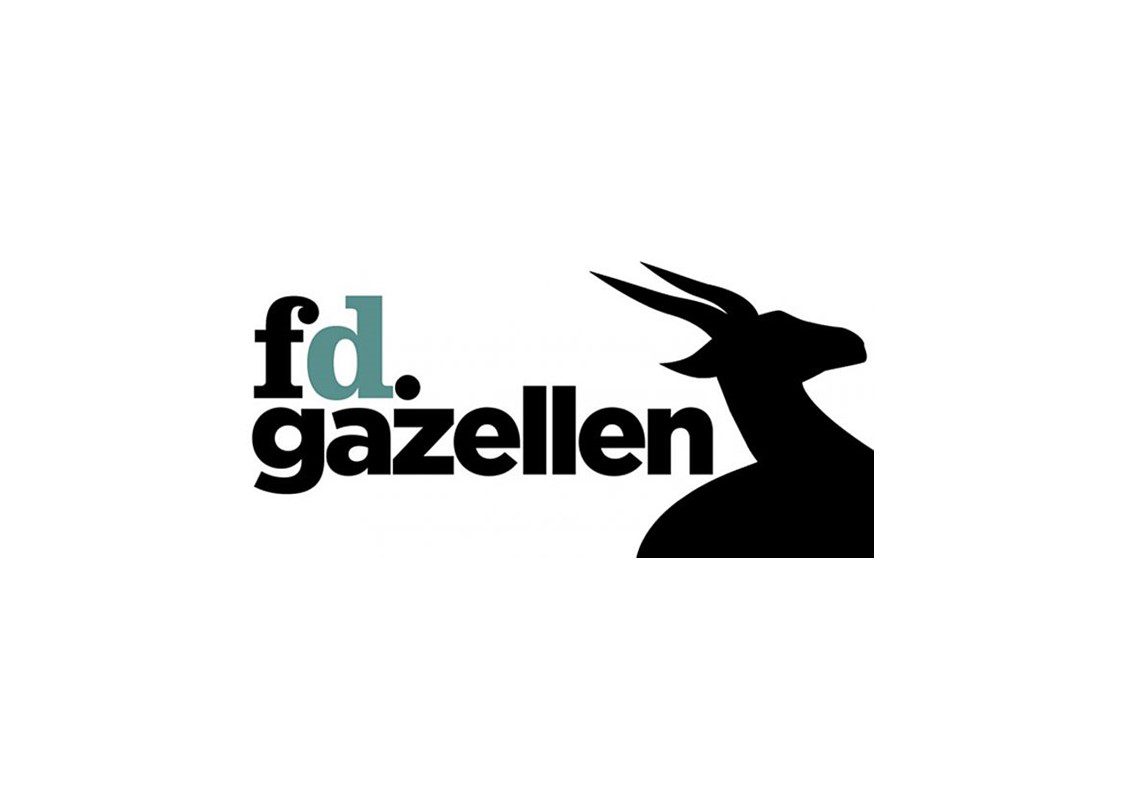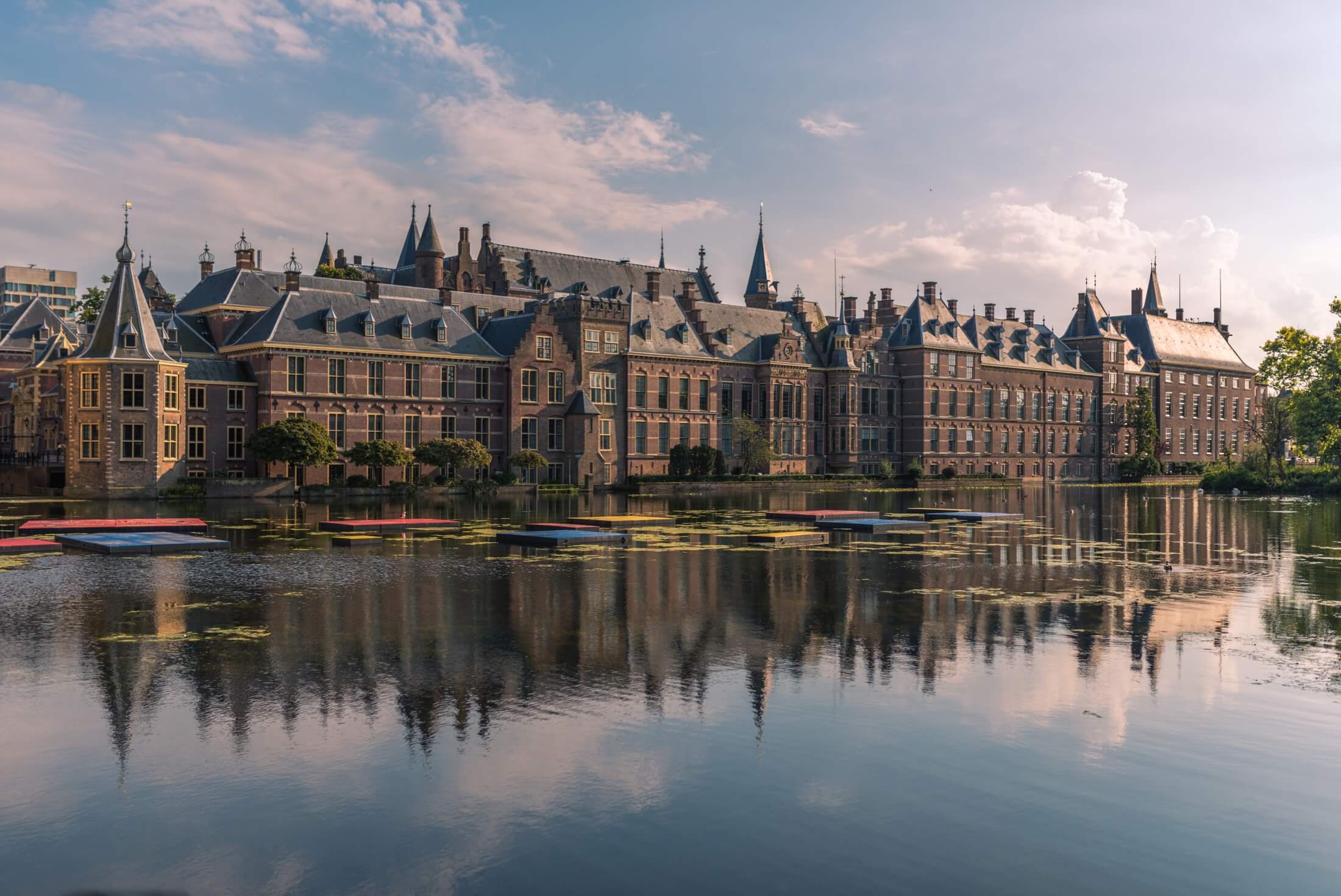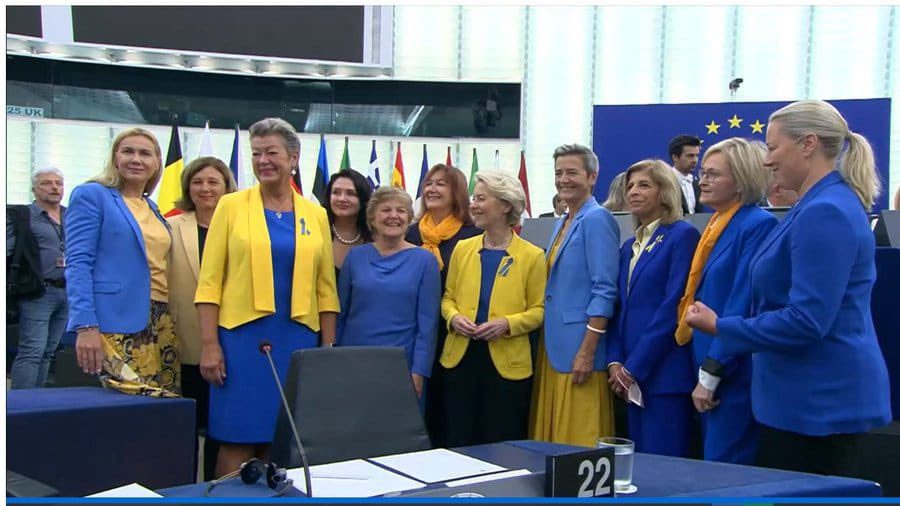Engage the business community for a truly successful Mental Prevention Agreement
More and more people are struggling with mental stress or illness. The COVID crisis has only intensified this. The numbers don’t lie: 1.8 million Dutch people face depression, anxiety disorders and problems with alcohol and drugs every year. Some 840,000 young people experience mental challenges and/or complaints and 1.3 million workers experienced burnout or burnout symptoms in 2019. State secretary Van Ooijen (Prevention) shared these alarming figures last summer in his parliamentary letter on the approach ‘Mental health: a collective good’. The letter also revealed that adults with mental problems are more likely to have physical complaints, are less able to take care of their children and have fewer (good) social contacts. Among other things, loneliness leads to an increased risk of cardiovascular disease, Alzheimer’s and death. Previous research also shows that with stable mental health, life expectancy is 15 to 20 years longer than people with poor mental health.
The Ministry of Health Welfare and Sports is now working with civil society partners to develop the National Mental Prevention Agreement. Our call: draw lessons from the previously concluded National Prevention Agreement to combat substance abuse and directly involve the business community as well as several civil society organizations in its implementation. After all, committed people who care about mental health work here too. Indeed, these organizations are crucial to making the National Mental Prevention Agreement a success. By identifying worrisome behavior in time and sharing observations with healthcare institutions, a lot of problems can be prevented.
How it all started
In early 2021, the House of Representatives passed a motion by MPs Carla Dik-Faber (Christen Unie / Christian Union) and Antje Diertens (D66 / Liberal Democrats) requesting the cabinet to explore the possibilities of a National Mental Health Prevention Agreement. This is how it all started. The motion was prompted by the observation that 840,000 young adults in the Netherlands have a mental illness. At the time, then state secretary Blokhuis (Prevention) was already working on the National Prevention Agreement to reduce smoking, obesity and problematic alcohol use.
In the summer of 2021, young people with mental vulnerability sounded the alarm in The Hague. A long list of organisations that are involved in mental health
Team Geestkracht, together with MIND, Young in Prison, Stichting SAMAH, Labyrint-In Perspectief, Stichting Zwerfjongeren Nederland, Nationale Jeugdraad, Stichting ExpEx, @ease and JongPIT) presented a petition to the House of Representatives. In doing so, the young people called on MPs and the future cabinet (caretaker government) to start working on a National Prevention Agreement on Mental Health.
In a response to the petition, state secretary Blokhuis stated that he endorsed the importance of mental health and will present an exploration in the fall.
Various parties, such as healthcare, education, patient and scientific organizations, entered discussions and two meetings were organized to explore with these organizations the possibilities and preconditions of a National Mental Health Prevention Agreement. The House of Representatives was informed of that exploration in mid-October 2021.
Saving healthcare costs
Investing in prevention of mental health problems would save a lot of healthcare costs. The coalition agreement, concluded by the Fourth Rutte cabinet led by prime minister Mark Rutte at the end of 2021, therefore included the ambition to broaden the existing National Prevention Agreement to include mental health. The ministry of Health, Welfare, and Sport commissioned the an independent research centre in the field of mental health and addiction (Trimbos-institute), the National Institute for Public Health and the Environment (RIVM) and the the Association of GGD’s (Regional Public Health Services) and GHOR-(Regional Medical Emergency Preparedness and Planning) (GGD GHOR) to investigate the savings in healthcare costs. That study, published in late April, showed that the savings in healthcare costs could be substantial. If the mental health of 1 million adult Dutch people improves by five per cent, it could save 144 million euros.
Broad-based agreement
On June 10th, state secretary Van Ooijen (Prevention), minister Helder (Long-term healthcare and Sports), minister Dijkgraaf (Education, Culture and Science), minister Wiersma (Primary and Secondary Education), state secretary Uslu (Culture and Media), minister Van Gennip (Social Affairs and Employment) and minister Schouten (Poverty Policy, Participation and Pensions) sent their approach ‘Mental health: a collective good’ to the House of Representatives. The aim of the cabinet is to make mental health negotiable and provide tools to promote people’s mental health and prevent or timely identify complaints.
According to the ministers, the approach is not yet completely set in stone. There is room for new ideas and initiatives emerging from civil society and the target groups. In their approach, the concluded that they will remain in close consultation and cooperation with the target groups and other parties involved in the coming period to see what is additionally needed. That it will be a widely supported agreement is shown not only by the cooperation of the various ministries. Indeed, there is cooperation with various parties, from municipalities to experts and from various knowledge institutes to employer and employee organizations. The House of Representatives will soon receive a letter about the progress, and will be informed annually thereafter.
A successful Mental Prevention Agreement
Paying enough attention to mental health helps reduce risks of both physical and mental health problems. A widely supported agreement is crucial for a successful Mental Prevention Agreement. Sufficient involvement of various health, youth, and civil society organizations, as well as various companies, is therefore essential to get mental health higher on the political agenda. In a parliamentary letter from October 2022, the minister indicates that discussions have been held with various healthcare, education, patient and scientific organizations, but the business community is missing. This while businesses (think of employers, broadcasters, gambling operators, etc.) can play a role in moving from treating symptoms to addressing underlying causes.
In any case, for many of the actions, it takes time before they show a possible effect. So let us draw lessons from the earlier National Prevention Agreement: the 2020 targets in which legislation was announced have all been met. In contrast, targets that had to be achieved in larger partnerships, or where many components depend on each other, were more often not (yet) achieved. After all, it takes time to set up such partnerships and make them work, while mental health collaboration can raise awareness and impact.
How can effective stakeholder management contribute to achieving a successful Mental Prevention Agreement? For organizations with an interest in this agreement, three rules applied in recent months:
- Being there early is useful. Many civil society organizations were involved in drafting the Mental Prevention Agreement from the moment it was mooted in the House of Representatives. This ensures an emphatic stamp on the final agreement.
- Informing the House of Representatives with experts by experience is effective. In this case, the House of Representatives was the driver of a Mental Prevention Agreement. By talking to MPs about the experiences of young people, among others, organizations ensured that the interests of young people were placed higher on the political agenda. Organizations such as MIND, Young in Prison, Stichting SAMAH, Labyrint-In Perspectief, Stichting Zwerfjongeren Nederland, National Youth Council, Stichting ExpEx, @ease and JongPIT thus influenced the political debates.
- Moreover: working together in a broader coalition pays off. There are countless organizations that want to influence policy, and neither MPs nor officials have time to engage with all kinds of individual organizations. The fact that a coalition engages in the conversation increases the chances of ideas being adopted.
For practically every company, the Mental Prevention Agreement is important. Consider, for instance, ensuring a safe working environment. Make sure you are involved in its implementation. Speak out if you have ideas or suggestions to improve the agreement. Now is the time!
